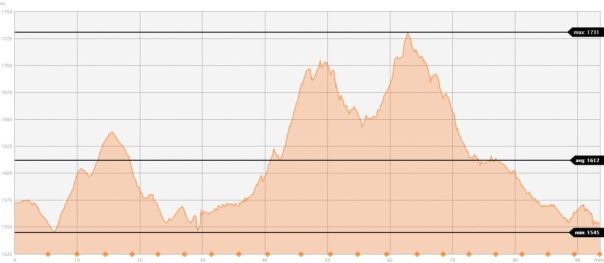The Pirate’s Half Marathon is one of the most difficult in Joburg. I had never completed the race prior to this year, and interestingly, despite being one of the most famous hills in Joburg I had never run up Northcliff Hill, the feature that earns the race its place.
I lined up at the start with Kirsten and after ducking and diving through people at the congested start we settled into a rhythm. We had an early discussion about the raw energy at the start line for a race, although I did mention that I was not particularly nervous for this half marathon since it would only be my fourth longest run of that week.
Although the serious work really begins after the 9-km mark the race throws out some climbs early on to soften the legs. Between 1.2 and 3.5 km the route featured two climbs with a short respite between them that already totalled to around 100 metres of ascent. Towards the top of the second climb we passed Lindsey and Campbell, who had arrived early to run 12 km before the race. We then descended for most of the next 3 km, except for the odd sharp ascent, loosing all the elevation we had gained in the early climbs. The climb from that point to the 9-km mark continued to sap the legs of strength, and then after 9 km we took a sharp left turn and the real work began.
The first section of the ascent was an extremely steep climb that was the steepest I have faced in Joburg. Early in the race Kirsten and I had discussed the fact that even at our pace there would be runners walking that climb, but I stated that walking would not be an option for us. We very slowly climbed to the top and then proceeded to wind our way around the hill, slowly loosing some of our elevation. A sharp turn, this time to the right, initiated the second phase of the climb. We climbed our way to the high point of the race at 13.5 km, and there we were greeted with a water table before commencing our descent.


